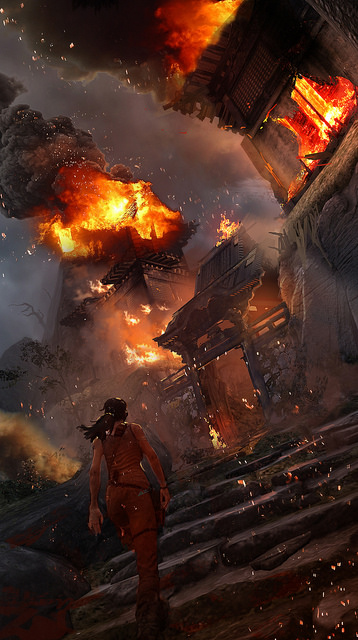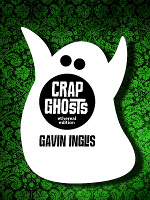Blog
Games Lab
17th October 2018
Playful weekends with the Scottish Book Trust.I spent the last couple of weekends curating and presenting a Games Lab with the Scottish Book Trust. Many of the participants thanked me for my time, but in truth, I love doing this stuff.
The Labs are the Trust’s events for professional writers interesting in exploring another field. We selected ten participants: novelists, screenwriters, theatre makers and comicbook creators. The group has to be kept tight to allow for personal attention and to encourage deep networking.
This year I’ve taught interactive writing quite a bit: Writing Fiction for New Media at the University of Edinburgh; the Interactive Fiction Summer School at the British Library; and a day in Belgium with the fanTALES European consortium, using collaborative IF to encourage schoolchildren to write. Some stuff always comes up, like the design patterns of Sam Kabo Ashwell, or the delayed branching discussed by Dan Fabulich in How To Write A Long Interactive Novel That Doesn’t Suck. But the lab needed a wider perspective, so I invited guest speakers.

Olivia Wood is on the staff of sinister indie Failbetter Games, and also freelances, recently on Where the Water Tastes like Wine. Although a terrific writer, she is perhaps best known in the industry for her editing work. Olivia advised on text — keep it short, avoid the word “strange’ — but also on the use of visuals and environmental cues to tell a story. Olivia admitted that being edited can be a painful experience, but after the edit process, any problems with the text are her problems, not yours.
Perhaps the most prominent name in games writing is Rhianna Pratchett. Known for 2013’s unflinching Tomb Raider reboot and the cheerfully evil Overlord, she also worked on Thief, Bioshock Infinite and Prince of Persia. Rhianna talked about writing for AAA games as a hired gun, and introduced the wonderful job description of “narrative paramedic” for games writers called in when the story is already breathing its last. She recalled early games of Mazogs on the ZX81, with pixels about a centimetre across. Her new title, Lost Words, uses movable words for a platformer set inside a young girl’s diary.
I wanted to get someone doing individual, leftfield work, and Simon Meek fit perfectly. Designer in Residence at the new V&A Dundee, he creates playable stories which draw more from graphic design and film than video games, and his approach appealed to the visual artists in the room. Simon talked about previous projects: a digital adaptation of Buchan’s The 39 Steps and Beckett, an uneasy detective story with a powerful narrative style. His new work, Marnie Wakes, is a digital memoir collecting monologues designed to be read in any order — also presented through video and live performance.
I sometimes feel guilty for doing the bulk of my work for publishers outside Scotland, and Brian Baglow was the perfect guide to the national scene. Previously a writer, game designer and producer, he lectures on interactive/digital media at Napier University, recently took up a new role at dev training house CodeClan, and is the brain behind the Scottish Games Network. Brian talked facts, figures and trends in the industry and ways in which writers might fit. He also mentioned writing missions in 1997 for a small open-world driving game named Grand Theft Auto, which apparently became very popular.
Our final speaker was a blast of energy on a drizzly Saturday morning — crime favourite Chris Brookmyre. His background in competitive first-person shooters influenced many of his books, such as Pandaemonium and One Fine Day in the Middle of the Night, and he got the chance to work on one with Bedlam. Chris had a lot to say about turning budget limitations into creative opportunities, and it was refreshing to hear that he’d had a positive experience dipping into game development. I also enjoyed his references to Spectrum games, and the joy of exploration over actually trying to complete the thing.
The event wasn’t all theory — the participants worked on their own games in Twine between sessions, and the Lab wound up with a chance to circulate and try their new creations. An early prompt about wine theft inspired three entirely different games: a gallery heist, party pilfering and a domestic betrayal. We also infiltrated a cult with suspiciously good coffee and met a terrifying little girl whose drawings seemed imbued with cosmic horror.
